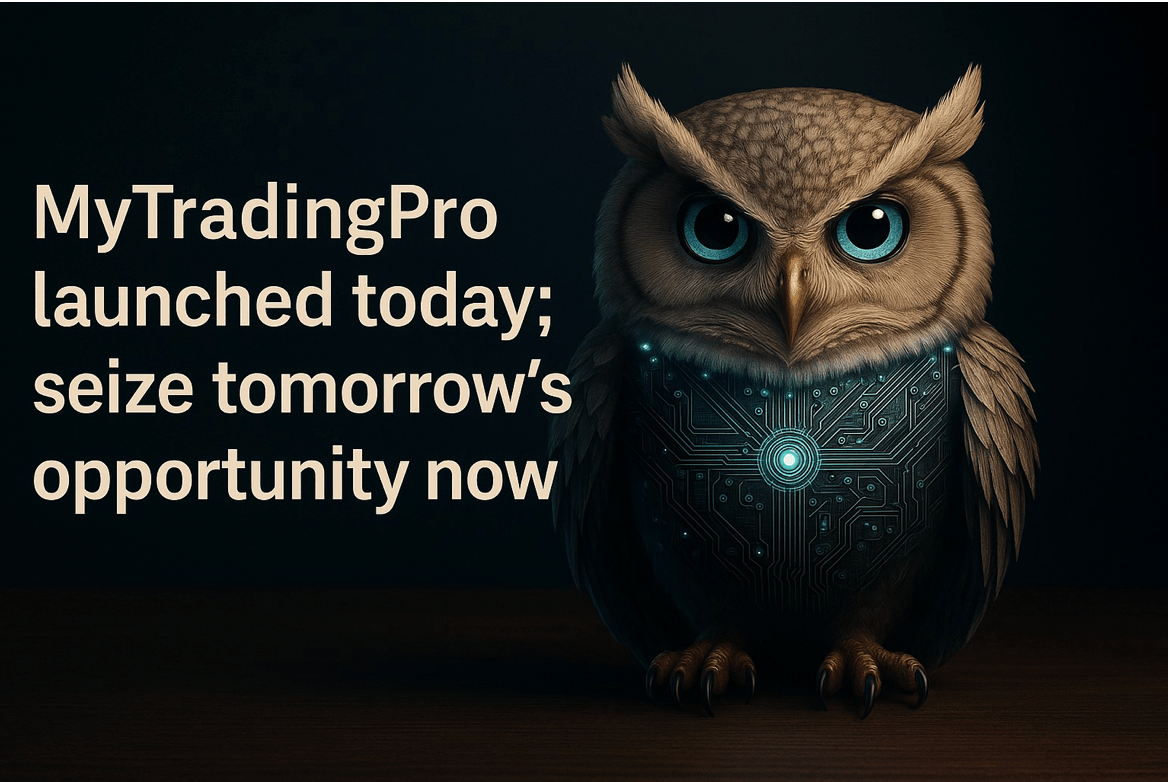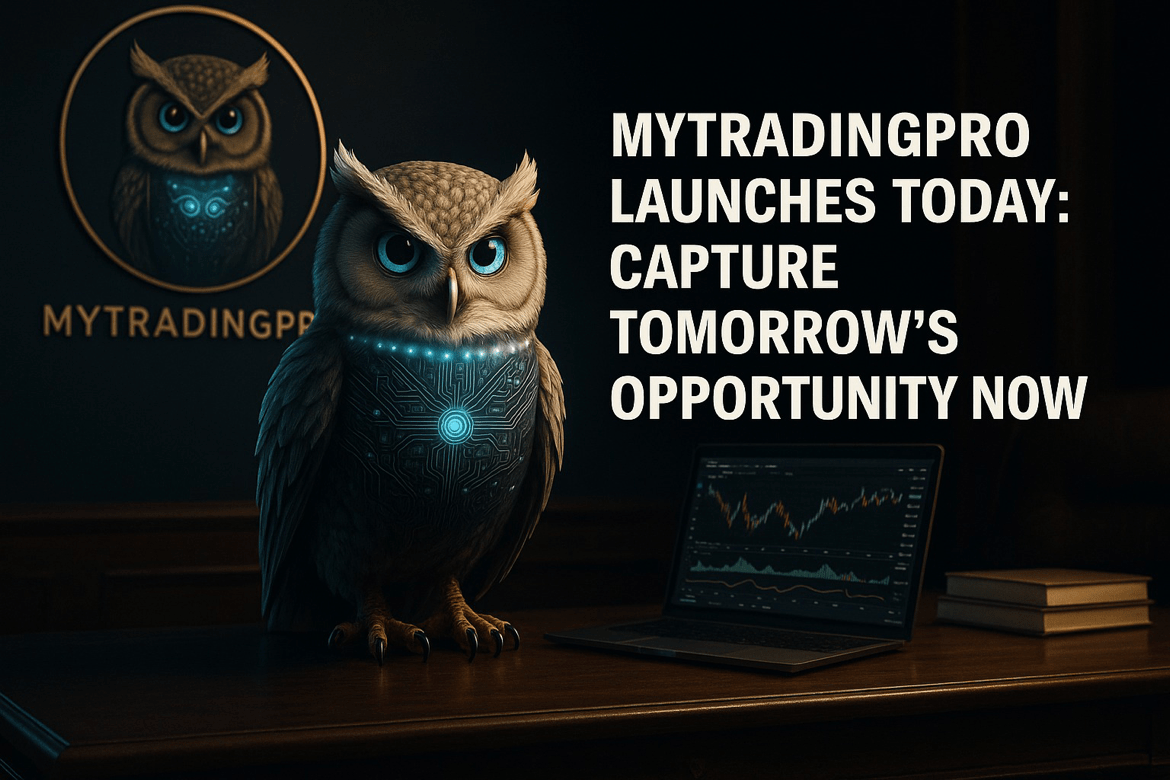Business
Spynn’s PR Playbook for Startups Turning Funding into Market Leadership

Byline: Jennyfer Ann Valencia
The recent funding boom in India, where startups raised over $428 million between March 10 and March 15, 2025, reinforces the critical role of public relations (PR) in securing investor confidence and enhancing visibility. As competition intensifies, effective PR strategies help startups differentiate themselves and build a strong market presence.
Spynn, a PR agency for startups specializing in securing top-tier media coverage, enables startups to craft compelling narratives that attract investors and maintain a positive brand image.
The Role of PR in Startup Funding
A recent survey conducted by Spynn found that startups with a strong PR strategy are significantly more likely to secure funding rounds than those without. According to the research, nearly 70% of investors say media visibility and brand credibility helped their decision-making process. This highlights PR’s direct impact on a startup’s ability to attract investment.
PR helps startups articulate their value to investors by securing media coverage and highlighting their growth potential. High-profile placements lend credibility and set up startups’ potential, making them more attractive to investors. For instance, a well-publicized success story from a startup like Zolve, one of the top funding recipients, can drive further investor interest and strengthen its brand.
India’s funding surge spans sectors including Batterytech, Edtech, Gaming, Apparel, Aerospace, Manufacturing, Fintech, Energy, and Travel. While this presents opportunities, it also brings scrutiny. Startups must manage their reputations effectively, ensuring consistency in their messaging across media platforms. As a PR agency for startups, Spynn’s expertise in reputation management helps businesses navigate these challenges by maintaining a cohesive brand identity and reinforcing investor trust.
Establishing Credibility Through Media Placements
Research from Spynn also revealed that startups that get featured on Forbes, Business Insider, and other top-tier publications experience a 50% increase in inbound investor inquiries within six months. This shows the value of securing strategic media placements to reinforce credibility and market positioning.
Strong media coverage bolsters a startup’s credibility, reinforcing its market positioning and investor confidence. Spynn ensures startups secure coverage in authoritative outlets, helping them establish themselves as thought leaders. Beyond initial publicity, Spynn focuses on building long-term relationships with media, ensuring sustained visibility and brand consistency.
Spynn’s CEO, Matteo Ferretti, emphasizes the role of storytelling, “Effective PR is about coverage and creating narratives that resonate with audiences. Startups must highlight their unique value and demonstrate how they solve real-world problems.”
PR for Growth and Global Expansion
Spynn’s data indicates that startups leveraging international PR strategies are twice as likely to successfully attract foreign investors and expand into new markets. Media coverage tailored for global audiences enhances cross-border recognition and facilitates partnerships, making PR an essential tool for growth beyond domestic markets.
As Indian startups scale, a strong PR strategy facilitates global recognition. Spynn’s international media reach helps startups gain traction in new markets and attract foreign investors. This is especially crucial for sectors like Fintech and Edtech, where global expansion is key to success.
A well-executed PR strategy strengthens a startup’s digital footprint, ensuring a consistent and engaging presence across platforms. Matteo Ferretti highlights the importance of balance, “A successful PR approach integrates both digital and traditional media to maximize impact and audience engagement.“
Ethical Considerations and Future Trends
Transparency and ethical storytelling are vital in PR. Startups must ensure authenticity in their messaging to build lasting trust. Spynn upholds ethical PR practices that align with principles of sustainability and integrity.
Indian startups must adapt to evolving PR trends, including AI-driven outreach, digital media dominance, and deeper media relationships. As competition grows, startups that take advantage of PR will have a better standing for long-term success.
Spynn’s PR strategies equip Indian startups with the tools to navigate funding surges, enhance credibility, and drive growth. By securing impactful media coverage and managing reputation effectively, startups can strengthen investor confidence and expand their market presence. As India’s startup ecosystem evolves, PR remains an indispensable asset for sustained success.
Business
From Learning to Profit: MyTradingPro Teaches, Analyzes, and Delivers Signals

In the fast-paced world of trading, most tools focus on a single niche—either they teach, analyze, or send signals. MyTradingPro breaks that mold by doing all three in one seamless platform. From a beginner’s first lesson to a professional’s high-probability trade setup, MyTradingPro acts as a teacher, analyst, and signal provider, giving traders an end-to-end solution for mastering markets and turning insight into profit.
Whether your focus is crypto, forex, or U.S. equities, MyTradingPro integrates education, market analysis, and actionable signals with algorithmic precision—eliminating the guesswork and emotion that plague most retail traders.
MyTradingPro as Your Personal Trading Academy
For those starting out, MyTradingPro’s Learning Academy offers a structured pathway from complete novice to confident trader. This isn’t just static text; it’s an interactive environment designed to make each concept practical and testable.
Key features of the learning journey:
- Step-by-step modules: From basic trading terms and chart patterns to advanced order flow and macro analysis.
- Interactive quizzes: Reinforce knowledge and identify weak spots before moving to more advanced topics.
- Practical assignments: Apply lessons to real market charts and compare your conclusions to MyTradingPro’s own analysis.
- Integrated with live market context: Lessons link directly to current market examples, so you learn from today’s price action—not yesterday’s theory.
By the time you finish the core curriculum, you’re not just familiar with concepts—you know how to apply them. And because you stay inside the MyTradingPro environment, transitioning from learning to live analysis is seamless.
Market Analysis That Goes Beyond Indicators
Once you’ve learned the foundations, you need sharp analysis to identify real opportunities. This is where MyTradingPro’s multi-layered analytics engine comes into play.
What sets the analysis apart:
- Multi-market scanning: Crypto, forex, and U.S. stocks are scanned simultaneously for technical, fundamental, and sentiment-driven setups.
- Macro + micro integration: The platform factors in global news, macroeconomic releases, and sector correlations alongside micro-level technical structures.
- Real-time updates: Markets change fast; MyTradingPro recalculates probability and risk parameters on the fly.
- Clear visualizations: Instead of vague charts with ambiguous arrows, each analysis comes with a full explanation, probability score, and defined invalidation points.
By merging machine learning models with expert logic, MyTradingPro avoids the “indicator soup” trap. The goal is clarity: if a setup is worth taking, you’ll know exactly why—and how to approach it.
The Heart of the Platform: The Super-Signal System
While education and analysis lay the foundation, MyTradingPro’s Super-Signal system is what traders come back for day after day. These signals aren’t hunches from a chat admin—they’re structured, algorithmic trade plans.
Every signal includes:
- Two scenarios per setup:
- Primary scenario: Best-case alignment of technicals, fundamentals, and order flow.
- Alternative scenario: A backup path if conditions shift unexpectedly.
- Entry point(s): Exact price levels where probability is highest.
- Stop-loss placement: Based on volatility and liquidity zones, not arbitrary round numbers.
- Multi-target structure: Scaling out profits at different stages.
- Probability score: A data-driven confidence percentage so you can size positions logically.
- Plain-language explanation: Why this setup exists, what triggers it, and what invalidates it.
If news breaks or market sentiment shifts, the signal is updated instantly with revised parameters—often before the next candle closes. This keeps traders ahead of the curve, not reacting late.

Removing Emotion from Trading Decisions
A large part of MyTradingPro’s edge comes from removing the fear, greed, and hesitation that sabotage human traders. Every signal and analysis is paired with a Trading Discipline Checklist:
- Recommended position size based on account balance and probability.
- Maximum concurrent trades allowed to avoid overexposure.
- Immediate alerts if the trade thesis breaks.
- Reminder prompts to take partial profits according to plan.
By embedding discipline into the workflow, MyTradingPro acts like a personal trading coach—ensuring you stick to a proven process rather than making impulse decisions.
How the Three Pillars Work Together
- Learn — Understand the “why” behind market moves.
- Analyze — Apply that knowledge to identify high-probability opportunities.
- Act — Execute with confidence using algorithmic signals and strict risk management.
This cycle repeats, with each trade feeding back into your learning process. You review outcomes in the performance ledger, compare your own reasoning to MyTradingPro’s, and refine your approach over time.
Real-Time News Integration
Markets are reactive to news, but not all headlines deserve action. MyTradingPro’s news engine filters events by actual market impact—flagging only what matters to the instruments you trade.
For example:
- A U.S. CPI surprise that could shift the dollar’s trajectory will update relevant forex and gold signals instantly.
- A sudden change in Bitcoin ETF inflows will trigger a crypto market scan and, if needed, revise BTC or ETH setups.
- A major earnings beat in a tech stock will feed into sector correlation analysis for related equities.
This keeps you focused on catalysts, not clickbait.
Transparent Performance Tracking
Many “signal services” cherry-pick wins and quietly delete losing calls. MyTradingPro takes the opposite approach:
- Every signal is logged—win or loss—with timestamp, market, scenario chosen, and outcome.
- Filter by market or strategy type to see where the edge is strongest.
- Review your personal execution record alongside the platform’s performance to pinpoint areas for improvement.
Transparency builds trust, but it also sharpens your trading instincts through honest feedback.
Who Benefits Most from MyTradingPro
- New traders who want structured learning plus guided execution.
- Intermediate traders who understand markets but need discipline and higher-quality setups.
- Experienced traders seeking algorithmic confirmation and cross-market insights without adding screen time.
- Multi-market operators who like switching between crypto, forex, and equities without juggling platforms.
Subscription Options
- 7-day free trial: Full access to learning, analysis, and signals.
- Premium plan: Education + analysis + news integration.
- Premium+ plan: Everything in Premium plus the Super-Signal system and full performance ledger.
Best Practices for Using MyTradingPro
- Respect the process: Don’t skip learning modules, even if you think you “already know.”
- Size trades by probability: The confidence score is there to keep your risk consistent.
- Use both scenarios: Primary is your main plan; alternative saves you when markets flip.
- Review the ledger weekly: Learn from both wins and losses.
- Stay disciplined: The platform is designed to help you avoid overtrading—let it.
The Bottom Line
Most traders fail not because they can’t find setups, but because they lack the complete loop—education, analysis, and execution in harmony. MyTradingPro closes that gap. It teaches you the logic of markets, analyzes them with depth and speed, and delivers structured, probability-backed signals that keep you on track.
From your first chart pattern to your first five-figure month, MyTradingPro is there at every step—teaching, analyzing, and signaling your way to better trading outcomes.
MyTradingPro: From learning to profit—your all-in-one trading partner.
-

 Tech5 years ago
Tech5 years agoEffuel Reviews (2021) – Effuel ECO OBD2 Saves Fuel, and Reduce Gas Cost? Effuel Customer Reviews
-

 Tech6 years ago
Tech6 years agoBosch Power Tools India Launches ‘Cordless Matlab Bosch’ Campaign to Demonstrate the Power of Cordless
-

 Lifestyle6 years ago
Lifestyle6 years agoCatholic Cases App brings Church’s Moral Teachings to Androids and iPhones
-

 Lifestyle5 years ago
Lifestyle5 years agoEast Side Hype x Billionaire Boys Club. Hottest New Streetwear Releases in Utah.
-

 Tech7 years ago
Tech7 years agoCloud Buyers & Investors to Profit in the Future
-

 Lifestyle5 years ago
Lifestyle5 years agoThe Midas of Cosmetic Dermatology: Dr. Simon Ourian
-

 Health6 years ago
Health6 years agoCBDistillery Review: Is it a scam?
-

 Entertainment6 years ago
Entertainment6 years agoAvengers Endgame now Available on 123Movies for Download & Streaming for Free
